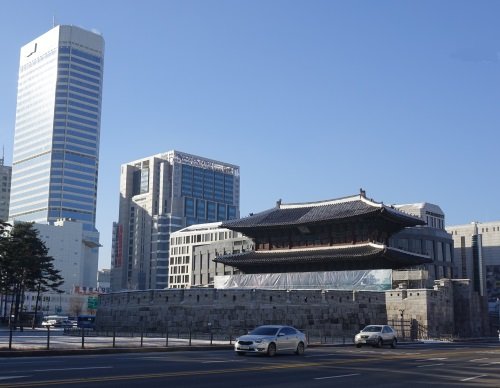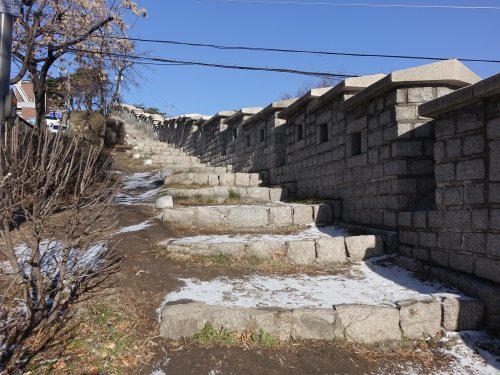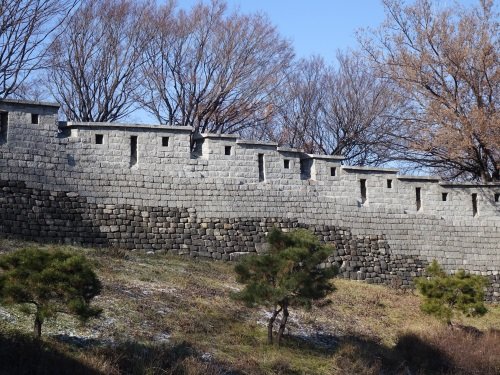First published: Thu 29 Dec 2016.
Els Slots
Hanyangdoseong
Comments
3 comments
Durian
9 years ago (Dec 30, 2016)
I also think that Seoul City Wall should be WHS, but in my opinion it should combined with Namhansanseoung and Bukhansanseong as single site of "Seoul Fortification System"
Reply
nan
9 years ago (Dec 30, 2016)
I think the wall was heavily reconstructed. Like many sites in Korea. That to me would speak against inscription.
Kyle (winterkjm)
9 years ago (Dec 30, 2016)
I think Durian's point is an interesting one. Bukhansanseong seems to be on the path toward an extension of Namhansanseong. These would be mountain fortresses designed to protect the capital during an emergency, with Namhan fortress being a place of refuge if Seoul was in danger. Seoul City Wall protects the entire city of Seoul, but also was part of the daily routine of the capital, with gates being opened and closed during specific times. The Cultural Heritage Administration would argue there is enough distinction in function, purpose, events, and design that would warrant a separation of these fortress designs. Yet, how much fortification-related world heritage sites should one country have? Even if Korea is sometimes called the "nation of fortresses".
As far as authenticity, sure there are restored sections. Yet, I would caution any visitor to not be deceived by historic repairs during the 15th and 18th centuries. There are several sections that are relatively untouched by modern restoration. Specifically, the Bugaksan Area is a well-preserved portion. Nevertheless, nearly 6km of fortress wall sections have been lost, mostly during the last 100 years.



